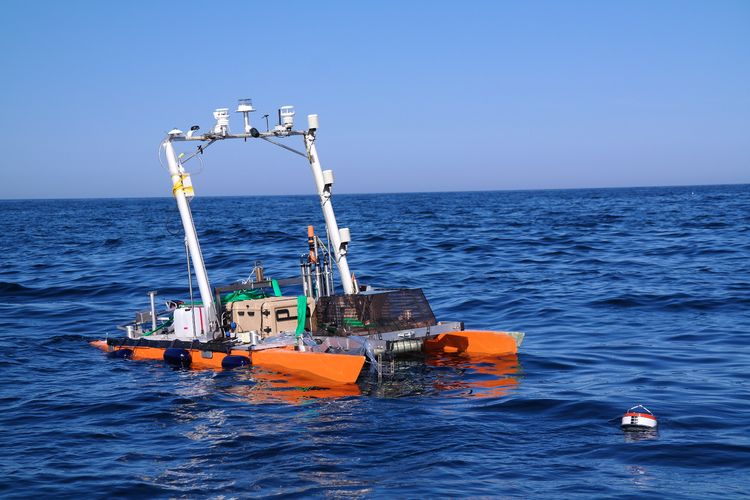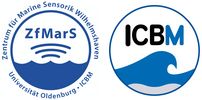Head

Prof. Dr. OLIVER WURL
Processes and sensing of marine interfaces

Research Focus
Air-sea interaction is a dynamic process at the interface between the Earth's atmosphere and the ocean's surface. It includes the intricate energy, momentum, and mass exchange between the atmosphere and the ocean. One fascinating aspect of this interaction is the sea-surface microlayer—a thin layer at the ocean's surface, typically the top millimeter to a few micrometers thick. The sea-surface microlayer is crucial in mediating ocean and atmosphere exchange processes. Researchers in the Marine Interface group employ a multidisciplinary approach to pioneer the understanding of air-sea interactions and the microlayer.
- Utilizing established chemical and physical oceanography methods, the group delves into the mechanistic understanding of air-sea fluxes, including climate-relevant gases, heat and freshwater.
- We apply remote-sensing data to understand how large-scale weather and climate systems influence air-sea interaction and sea-surface processes.
- The group designs and constructs autonomous surface vehicles and marine robotics to map sea-surface processes without disrupting their integrity and quantify air-sea fluxes.
- Using cutting-edge technology, such as the world's smallest oceanographic CTD and ship-based disdrometers to measure the properties of raindrops, the group collects precise data to understand small-scale processes.
These components are integral to understanding the complex relationships between the atmosphere and the ocean at various spatial and temporal scales. This interdisciplinary approach allows us to gain comprehensive insights into the ocean's role in climate systems, its influence on weather patterns, and its impact on marine biogeochemical cycling. As sea-going oceanographers, we work in all climate zones. As technological advancements push the boundaries of exploration, we continue to develop our own autonomous surface vehicles and marine robotics, as the synergy between oceanography and engineering promises to expand our understanding of the ocean and climate system.


